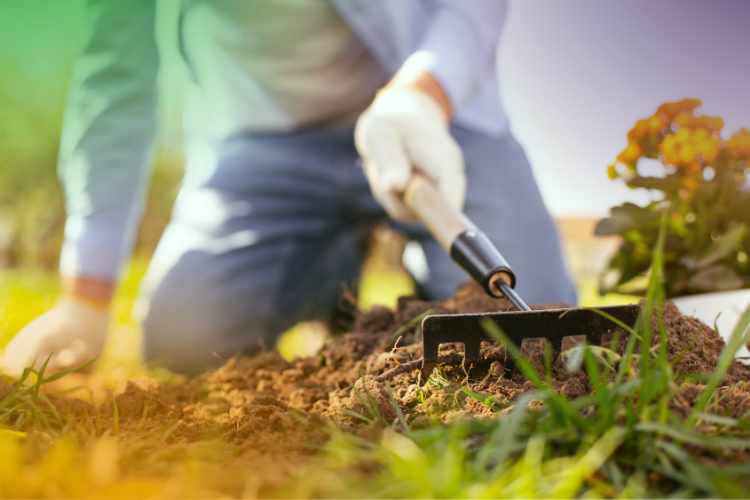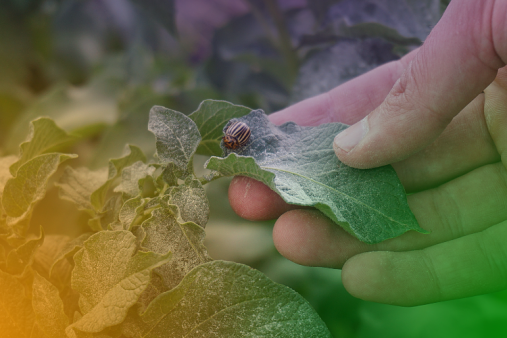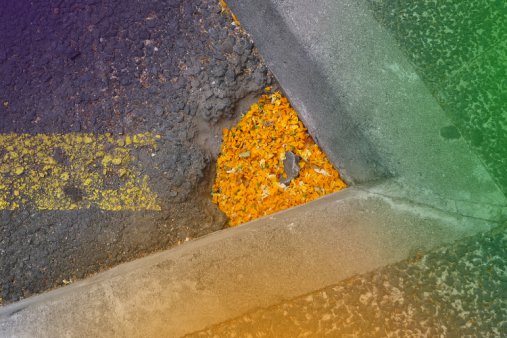Not everyone wants to be out in the garden during the coldest months of the year when nothing much is growing, but if you put the effort in early in the New Year, you and your garden will reap the dividends later in the season. So grab your wellies, gloves and a warn jacket, and turn your attention to some of these important New Year gardening jobs.
Pruning
The coldest season of the year when plants are not growing is the best time of year for pruning. Roses in particular benefit from being pruned back in January. Cutting back just above any buds and removing any dead branches or foliage will help them flourish later in the year. Once you’re finished with the roses, turn your attention to apple and pear trees in the garden. Prune the branches back as far as needed to shape the tree and encourage it to produce more fruit next autumn. Fruit bushes can be pruned back too at this time of year.
Order Your Seeds and Plants For The Coming Season
Now is the time to start planning what you want to grow during the spring and summer season. Choose a dark or cold day to put pen to paper and sketch out a plan of your ideal garden showing what is to be planted and where. If you’re more of a techy type look at maybe using a garden planning app such as Garden Plan Pro which is available as an app for both iPhone and claims to adapt to your location when providing advice and tips for planning. Order any seeds, compost and other items you are going to need for planting, along with any fruit trees which are best planted before the growing season starts.
There are a number of online seed and plant retailers which are worth taking a look at and may have some good deals on. There are also discount sites such as Groupon which also run specific deals with garden plant and seed companies from time to time.
It’s well worth setting up a subscription and checking what offers are on which are useful for garden planning ahead or maybe out of season. Taking time to plan properly well in advance of planting will ensure you get exactly the plants you want, at the best prices.
Clean and Tidy
January is also the ideal time to give your garden a general clean up.
Brush up leaves and any other vegetation left over from autumn.
Wash out any unused pots with warm water and washing up liquid.
Get the pressure washer out to clean marks off patios and pathways, but be extra vigilant with slippery surfaces, particularly if there is a frost in the air.
Deck areas which may have any type of moss or mildew on could also be very slippery and this may not be easily detected at first.
Take particular care when washing paths or patios in very cold temperatures as water can quickly freeze and make surfaces extremely slippery.
Garden waste collections often stop over the winter months in some areas, but any cutting and branches can be taken to your local recycling centre for disposal.
Attract the Birds
All gardeners know that biodiversity in the garden is important.
A good variety of garden birds will help control pests like caterpillars or flies in the garden at a later stage.
Fat balls are particularly good at providing energy for small birds through the winter, but make sure you hang them out of reach of squirrels.
It goes without saying if you have cats then you should not look to attract birds into the garden at levels which might be accessible by the cats so place any fat balls or feeders higher in trees.
Feeders which can be filled with nuts are also a good choice.
Make sure you fill them regularly, and provide water for the feathered visitors to your garden too.
Invest in Garden Water Butts
Make your gardening more environmentally friendly this coming summer by installing water butts now.
There are some really useful ones which can be used in conjunction with roofline rainwater systems to gather overflows from downpipes and guttering.
Collecting rainwater in this way should also help to avoid slippery surfaces below gutters and even stains on flagging and walls from downpipes.
Water butts usually come in the standard 210 Litre size but there are slimline butts available in 100 litre sizes if space in your patio, garden or back yard area is limited.
Allowing the rainwater butts to gradually fill with water over the rest of the winter and spring will be beneficial as the seasons become drier.
Rainwater can be better for certain types of plants than tap water.
Furthermore, harvesting rain water will save you money if you are on a water meter too.
If the Summer months become very dry then it will be very useful to have some harvested spare water for the garden.





